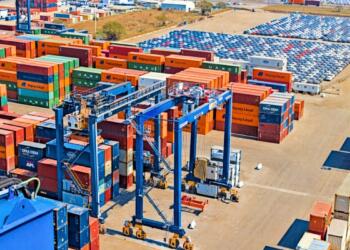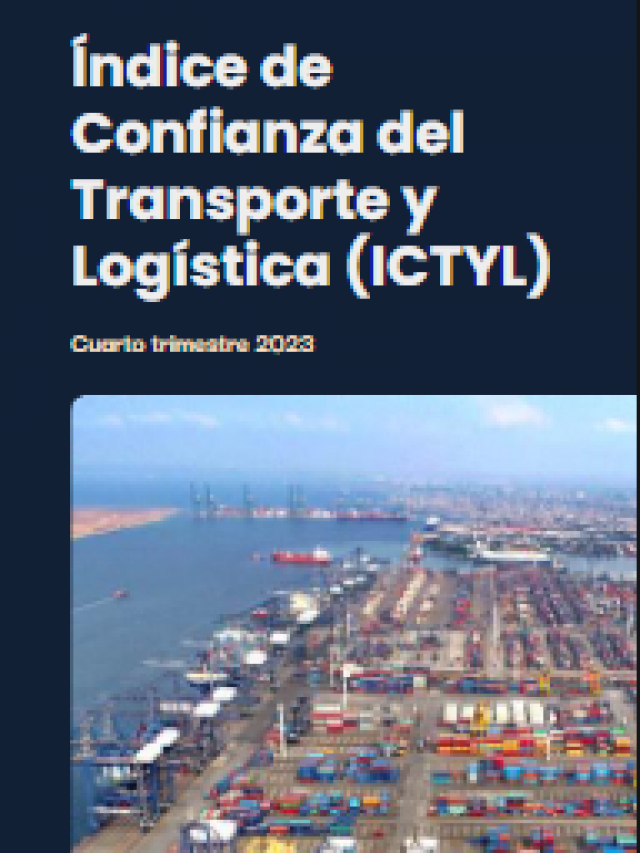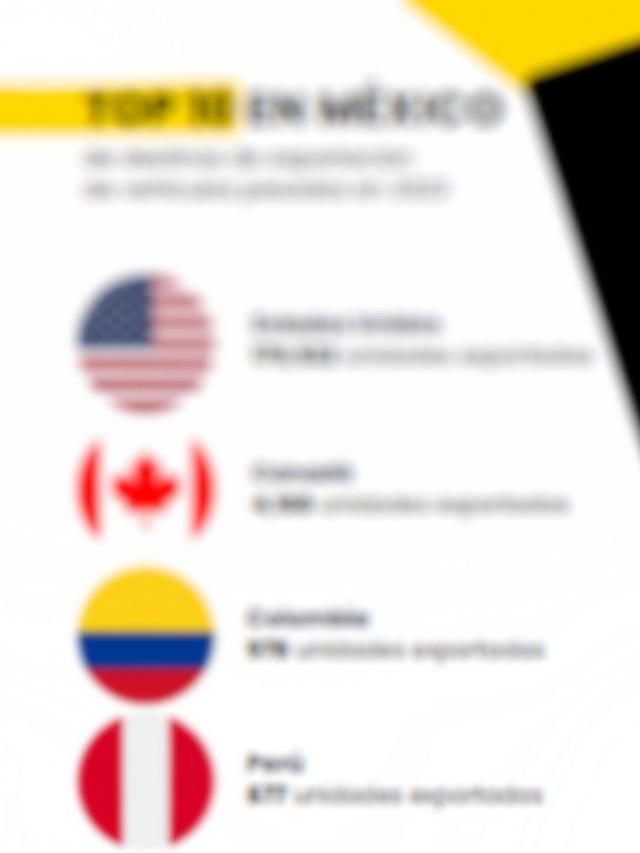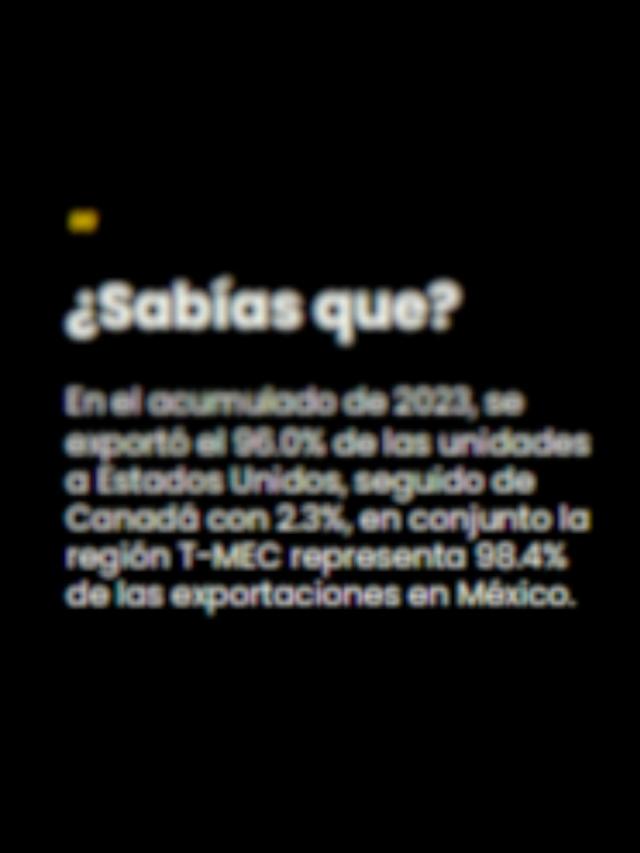
One of the first actions announced by Donald Trump , already as President of the United States during the signing of executive orders, was the implementation of 25% tariffs on Mexico , his main commercial seller, one of his most recurring campaign promises and which is scheduled to begin next February 1.
In light of this, Carlos Nova Sánchez , general director of Grupo Nauta , pointed out in an analysis document that there are two mechanisms through which the neighboring country to the north could implement the tariff measure.
In the document The two ways to impose tariffs on Mexico: an analysis of their implications , the specialist indicated that one of these routes is the executive route , which is perhaps the most direct.
“It involves a presidential executive order backed by the International Emergency Economic Powers Act (IEEPA). This path allows for almost immediate implementation of the tariffs, possibly within days or weeks,” the text states.
Despite the speed, Nova Sánchez said that “it presents significant vulnerabilities to possible legal challenges.”
“The declaration of a national emergency required under IEEPA could face judicial scrutiny, especially given legal precedents regarding international trade. Courts could question the legitimacy of the declared emergency, potentially resulting in temporary blockages that would compromise the effectiveness of the measure,” he noted.
The other route involves an administrative process , which is a longer, but safer path. This route is taken under Section 301 of the Trade Act , “which requires a formal investigation by the Office of the United States Trade Representative (USTR) .”
The process includes a thorough investigation into business practices, public hearings and a detailed economic impact assessment.
What would be the implications for Mexico?
According to the specialist, Mexico has several options to respond to these measures. One of them is that it could give a commercial response with mirror tariffs .
“A strategy that has been effectively used by the European Union in 2018 and by China during its trade dispute with the United States. This tactic involves the strategic selection of American products, particularly from politically sensitive states, as evidenced by the European Union’s response which focused on products from key states,” Nova stressed.
Another is commercial diversification , although it must be considered that replacing or equaling the 80% of exports that Mexico sends to the United States is impossible in the short and medium term.
For its part, BMI, a Fitch Solutions company , indicated in a separate analysis document that while history may be an imperfect guide and there is considerable evidence that Trump’s positions on many key issues have hardened since he left office in 2021 , it is worth remembering that similar threats were a feature of his first term. Indeed, he formally announced on May 30, 2019, that tariffs of 5.0% would be applied from June 10, 2019 – to be subsequently increased by five percentage points each month – in response to the perceived failure of the then administration of Andrés Manuel López Obrador to manage its side of the border. These tariffs never went into effect, after a deal focused on bolstering border security was hastily agreed with Mexican authorities on June 7, 2019.
“Indeed, Sheinbaum’s administration has been working aggressively in recent weeks to show its willingness to address Trump’s grievances. In the meantime, we suspect Trump won’t want a stock market sell-off (which is likely to materialize if he follows through on his threats) to be one of the defining events of his first 100 days in office, given that he uses it as a barometer of his own success. Trump, who sees himself as a dealmaker and a winner, can also score an easy win if he can quickly hammer out a deal with Canada and Mexico, taking credit for a decline in border crossings and overdose deaths that began during the end of the Biden presidency,” according to BIM.
Meanwhile, Carlos Nova considered that the current situation should encourage Mexican businessmen to look for alternative markets , “as a strategy to mitigate risks and optimize profits,” but not with a view to replacement.
He said Mexico should take advantage of its trade agreements to develop secondary markets.
Among the immediate effects, he identified an increase in operating costs for companies in both countries, as well as inflationary pressures and disruptions in supply chains . In addition, there would be a restructuring of the North American value chains .
For Carlos Nova, “the tariff measures represent a turning point in the bilateral trade relationship. The decisions taken in the coming months could redefine the North American trade landscape for years to come.”
Mexico’s response, meanwhile, must be based on protecting its economic interests and maintaining a constructive relationship with the United States.
Comment and follow us on X: @GrupoT21















